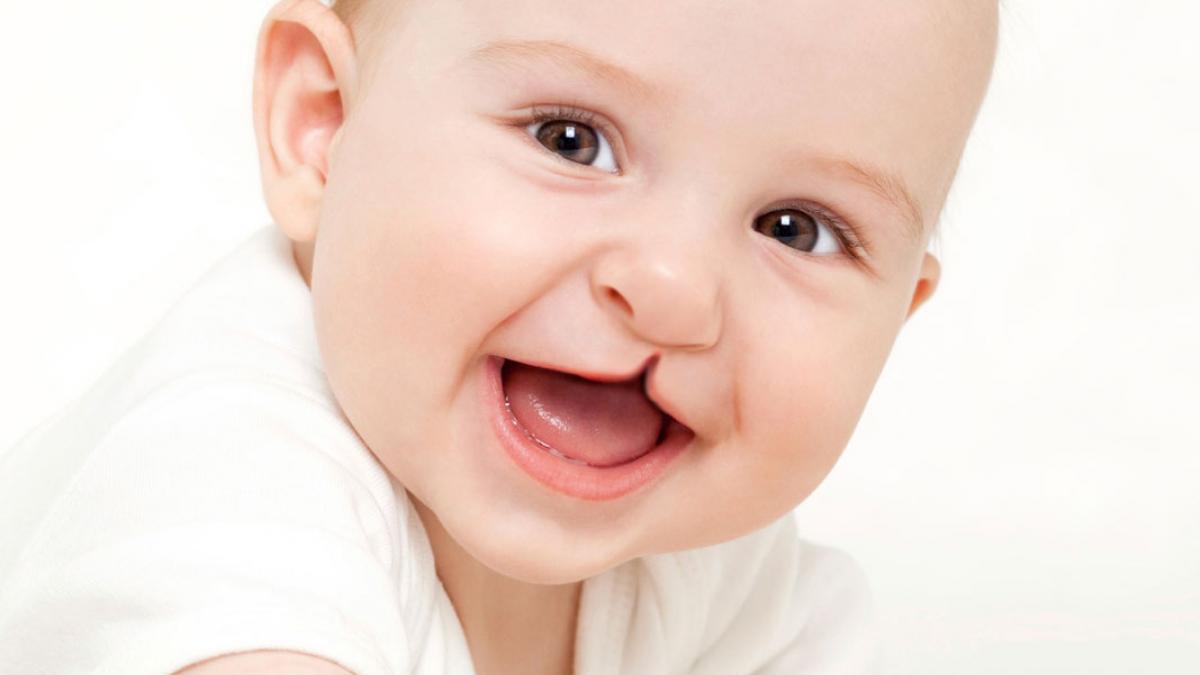Cleft Palate is said to be a malformation that is sometimes accompanied by a cleft lip. It occurs in one in every 2,500 births.
A cleft palate occurs when the tissue that makes up the palate does not fully unite during pregnancy.
This is more frequent in women (perhaps due to the fusion that takes place a week later than in men) and will not be related to the age of the mother. It can affect only the uvula giving the appearance of a fish tail or extend to the soft and hard palates. It is produced by the lack of fusion of the lateral palatal processes with each other or with the nasal septum or with the primary palate.
The incisive foramen is considered as an anatomical landmark between the anterior and posterior clefts of the palate.
When cleft lip is accompanied by cleft palate, it is called lap cleft (lip-alveolo-palatine), caused by a teratogenic agent that acts during the period between 4 and 11 weeks of gestation. During this period, but at a different time, the formation of the lip and palate respectively occurs. Simple or combined labial or palatal figuratives can be corrected through the joint work of a team of plastic surgeons, dentists (pediatric dentists and orthodontists), speech therapists and psychologists.
Cleft lip and palate are also common malformations in certain alterations of genetic origin, such as Trisomy 13 or Patau syndrome. Affected children present with cleft lip and palate, polydactyly, ocular defects, and deafness, and generally die shortly after birth.
https://www.mayoclinic.org/es-es/diseases-conditions/cleft-palate/diagnosis-treatment/drc-20370990https://www.scielo.org.mx/scielo.php?pid=S1870-72032019000400372&script=sci_arttext#:~:text=El%20labio%20y%20paladar%20hendido,cruciales%20en%20el%20desarrollo%20embrionario








